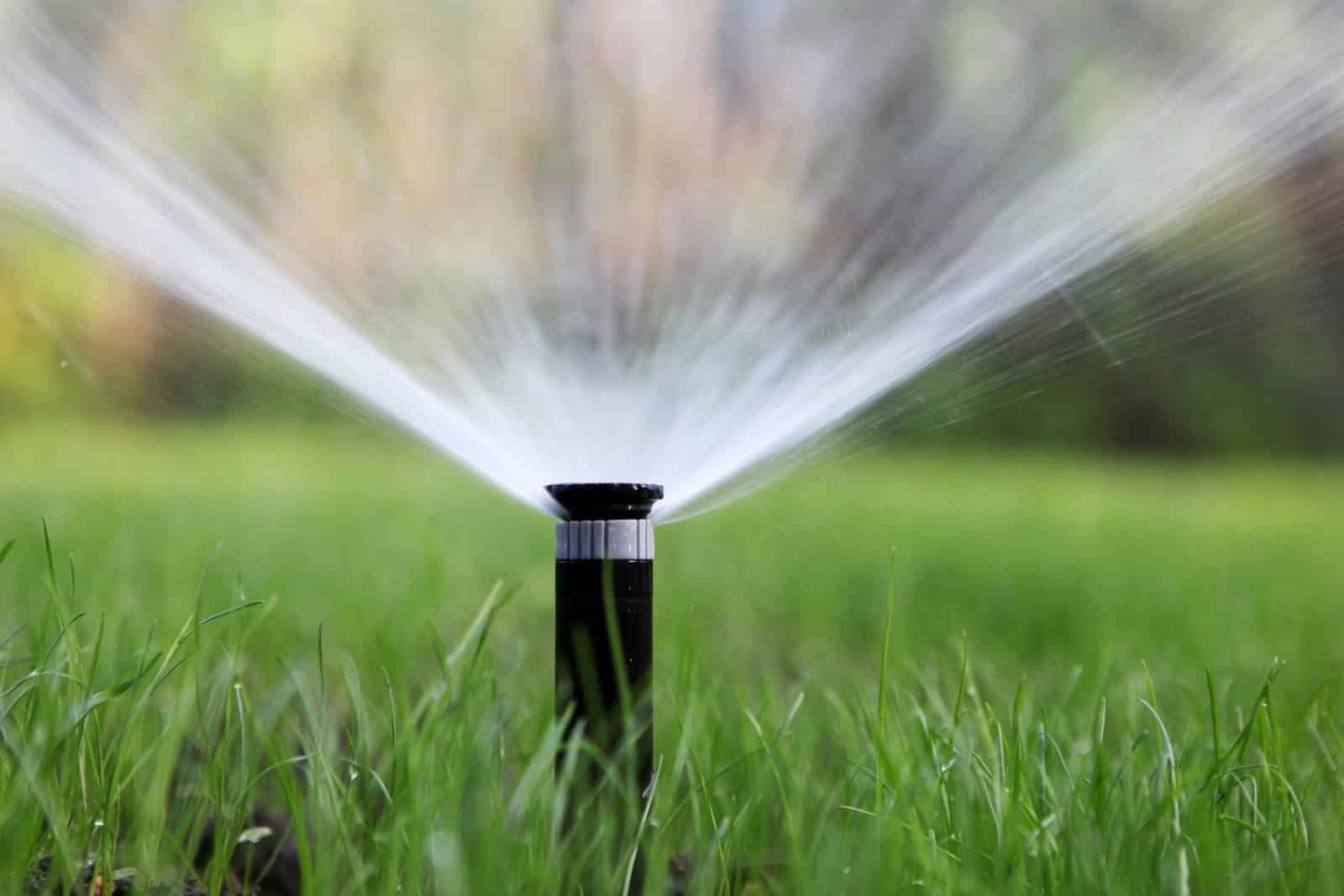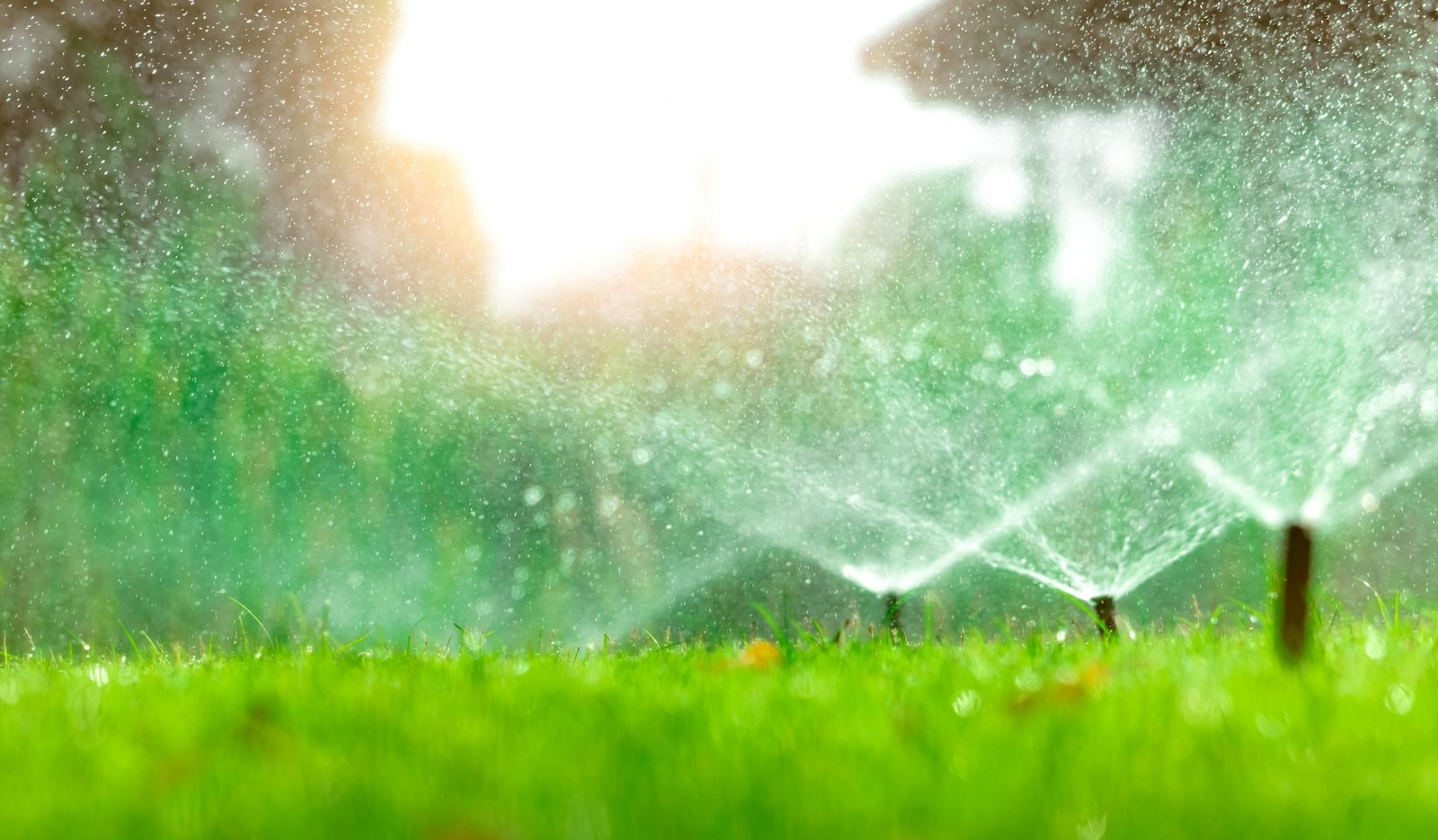Creating and maintaining a green, healthy lawn isn’t always straightforward, especially in Rotorua, where the combination of rich volcanic soils and varied weather patterns can present unique challenges.
Installing a proper lawn irrigation system can make all the difference, ensuring your lawn receives just the right amount of water at the right times. Whether you’re planning a DIY project or considering professional installation, having the right know-how can make all the difference.
Why You Need Lawn Irrigation System
A lawn irrigation system offers practical benefits that can significantly enhance the care and appearance of your outdoor space, particularly in Rotorua, where weather and soil conditions can be unpredictable.
Let’s look at some main benefits:
- Healthier Growth: A properly installed irrigation system provides water consistently across your lawn, which promotes stronger root systems. Grass with deeper roots is better equipped to stay green and healthy, even during dry periods or hot weather.
- Water Efficiency: Rotorua’s unpredictable weather makes water management an ongoing challenge. Irrigation systems apply water directly to where it’s needed, minimising wastage and saving you money on water bills. Options like drip irrigation are particularly effective in reducing evaporation and runoff.
- Time-Saving: Hand-watering a lawn is not only exhausting but also inefficient. Irrigation systems automate the process, allowing you to set specific schedules for each area of your lawn. This means less time spent watering and more time to enjoy your outdoor space.
- Cost Savings Over Time: While the installation may come with an upfront expense, the long-term savings are undeniable. Efficient water use leads to lower water bills, while a healthier lawn reduces the need for expensive lawn repairs or reseeding.
- Property Appeal: A lush, green lawn adds to the charm of your property and creates a welcoming space for gatherings or relaxation. If you plan to sell your home, a healthy lawn can be a strong draw for potential buyers.
- Erosion Control: Rotorua’s hilly terrains can make soil erosion a concern, especially during heavy rainfall. Irrigation systems keep soil moisture consistent, reducing runoff and helping the soil stay in place.
- Environmentally Friendly: Modern irrigation systems, particularly those with smart technology, are designed to conserve water. They can adjust watering schedules based on weather forecasts, ensuring no water is wasted while still keeping your lawn in great condition.
Understanding Lawn Irrigation Systems

Watering a lawn effectively is not a one-size-fits-all task. Adding to this complexity is Rotorua’s varied climate, with dry spells and heavy rains often occurring in the same season. Understanding the different options helps homeowners choose a system that not only ensures their lawn thrives but also uses water efficiently and reduces maintenance efforts.
Types of Lawn Irrigation Systems
- Sprinkler Systems: These are a popular choice for Rotorua homeowners with larger lawns. Fixed sprinklers are perfect for small, specific areas, while oscillating ones are better for rectangular spaces. Rotary sprinklers, which spin in a circular pattern, are ideal for broader coverage and are great if your lawn is uneven or sloped.
- Drip Irrigation: A smart option for garden beds or lawns with delicate plants, drip irrigation delivers water directly to the roots. It’s highly water-efficient and minimises evaporation, making it a sustainable choice for Rotorua’s dry spells.
- Soaker Hoses: A budget-friendly choice, soaker hoses slowly release water along their length. They are easy to install and work well for smaller areas or gardens where precision isn’t critical.
- Smart Irrigation Systems: For tech-savvy homeowners, smart systems provide convenience and efficiency. These systems adjust watering schedules based on real-time weather data, perfect for Rotorua’s unpredictable conditions.
Preparing for Installation
Proper preparation is key to a successful irrigation project. Taking the time to assess your lawn and gather the right tools will save you headaches later.
Assessing Your Lawn’s Needs
Rotorua’s diverse soil types play a major role in irrigation planning. Volcanic soils drain quickly and may require more frequent watering, while clay soils retain moisture longer but risk waterlogging if overwatered. Observe how water behaves on your lawn during rain to identify dry or overly saturated spots.
Also, measure your water pressure, as it impacts the effectiveness of your irrigation system. Low pressure might require additional pumps, while high pressure can damage pipes and sprinklers.
Before starting your lawn irrigation installation, having the right tools and materials on hand is essential for a smooth and efficient process. Proper preparation saves time, reduces mistakes, and ensures the system operates correctly once installed.
Here is a detailed checklist to guide you:
Essential Tools
- Trenching Spade or Machine: For digging trenches to lay the pipes. If your lawn is large or the soil is compacted, a trenching machine can save significant time and effort.
- Pipe Cutters: These ensure clean and precise cuts, which are critical for creating secure connections.
- Measuring Tape: Accurate measurements are crucial for planning your irrigation layout and ensuring even water coverage.
- Screwdrivers and Wrenches: These will help you assemble and secure various components of the system.
Required Materials
- Pipes: PVC or polyethylene pipes are commonly used for irrigation systems. PVC is durable and ideal for permanent setups, while polyethylene is more flexible and suitable for areas with uneven terrain.
- Connectors and Fittings: These join sections of pipe and allow for smooth water flow throughout the system. Choose high-quality fittings to prevent leaks.
- Sprinkler Heads or Drip Emitters: Select components based on your irrigation system type. Sprinkler heads work best for large lawns, while drip emitters are ideal for gardens or areas with water-sensitive plants.
- Backflow Preventer: This is a critical safety device that protects your home’s water supply from contamination caused by reverse water flow.
Planning the Layout
Draw a rough diagram of your lawn and divide it into zones. Group areas with similar water needs together. For example, sunny spots that dry out quickly should be separate from shaded zones.
Rotorua’s slopes may require special consideration, as water tends to run downhill, potentially leaving some areas under-watered. Aim for overlap between sprinkler spray patterns to eliminate dry patches.
Step-by-Step Installation Guide
Installing a lawn irrigation system may seem daunting, but breaking it into manageable steps can simplify the process.
Preparing the Site
Start by clearing the area of rocks, roots, or debris that might obstruct your system. Use spray paint or string to mark where the trenches will go. In Rotorua, you’ll find that volcanic soils are generally easy to dig, but clay patches may require extra effort or specialised tools. Aim for trenches about 15-30 cm deep to protect the pipes from damage.
Installing the Main Components
- Laying Pipes: Lay out your pipes according to the plan, ensuring they’re straight and at the correct depth. For longer pipes, add connectors every 6–10 metres to prevent leaks.
- Connecting to the Water Supply: Attach your system to an outdoor tap or directly to the main water supply. Install a backflow preventer to ensure the water in the system doesn’t flow back into your drinking water supply.
- Installing Sprinklers or Emitters: Place sprinklers so their spray patterns overlap slightly for even coverage. If using a drip system, position emitters close to plant roots. Secure each component firmly to prevent movement over time.
Testing and Adjusting
Before backfilling, run the system to check for leaks and confirm the sprinklers are spraying in the correct direction. Adjust any misaligned sprinkler heads and ensure water pressure is sufficient for each zone.
Backfilling and Clean-Up
Carefully cover the trenches with soil and pack it down firmly. If possible, replace any turf or plant new grass seeds to restore your lawn’s appearance.
Maintenance Tips for Long-Term Efficiency
Keeping your irrigation system in good condition ensures it operates efficiently for years.
- Seasonal Adjustments: Rotorua’s climate shifts mean you’ll need to adjust your watering schedule. In summer, increase watering frequency to combat heat, while in winter, reduce it or shut the system off entirely to avoid overwatering.
- Troubleshooting Common Problems: Leaky pipes, clogged sprinkler heads, or uneven water distribution are common issues. Inspect your system monthly to catch problems early. For leaks, replace worn-out connectors or tighten loose fittings.
- Upgrading to Smart Systems: Rotorua residents can benefit from smart systems that factor in weather patterns. For example, if rain is forecast, these systems skip a scheduled watering, saving water and money.
Cost Considerations
Costs can vary widely depending on your lawn’s size, the system type, and whether you hire a professional. DIY installations might cost less than $1,000, while professional setups for larger lawns could exceed $5,000.
However, professional installation often pays off in the long run, particularly in Rotorua, where uneven terrain and varying water pressure require expertise. If you have a large lawn, challenging terrain, or limited knowledge about irrigation systems, hiring a local expert ensures the job is done right.
Rotorua-based professionals understand the local soil and climate, making them well-suited for the task.
Moving Forward
Installing a lawn irrigation system is a practical way to ensure your lawn remains healthy and well-maintained, regardless of Rotorua’s challenging soil conditions and unpredictable weather patterns.
Whether you opt for a simple sprinkler system or a more advanced smart irrigation setup, the benefits extend far beyond aesthetics—supporting long-term cost savings, preventing soil erosion, and contributing to a sustainable approach to water usage.
As you move forward, consider the specific needs of your lawn, gather the right tools and materials, and evaluate whether professional assistance might help achieve the best results. A well-irrigated lawn not only enhances your property but also simplifies lawn care, allowing you to enjoy a vibrant outdoor space throughout the year.
